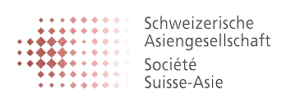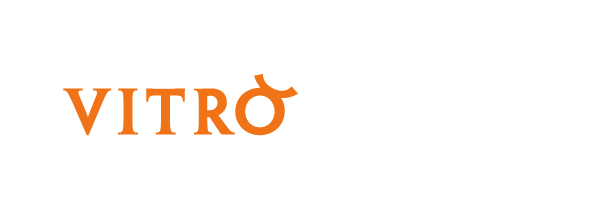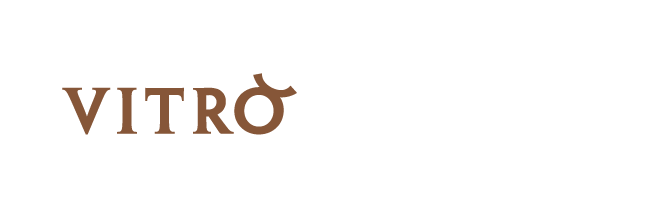Glass in the Islamic World
19th Colloquium of the Ernst Herzfeld Society for Studies in Islamic Art and Archaeology
Glass is an exceptionally diverse material that has been highly valued ever since its discovery by human beings in the 4th millennium BC. Yet the artistic and cultural-historical significance of the material is still underestimated or even neglected by art historical research. Research on glass art has been given new directions and has been considerably spurred by two international initiatives, the Corpus Vitrearum Medii Aevi (CVMA) and the Association international pour l’histoire du verre (AIHV), both founded in the 1950s.
In the field of Islamic art, glass continues to be one of the less researched media. While glass mosaics, stucco glass windows or blown glass produced in the region aroused the interest of scholars in the emerging disciplines of Islamic archaeology and art history in the 19th and early 20th centuries, its study increasingly lost importance in the course of the 20th century and is now largely confined to specialized circles, even though glass has always played a significant role in the art and architecture of the Islamic world.
This colloquium intends to stimulate the study of glass in the art and architecture of the Islamic world and to ensure that the topic finds a place in the general discourse. By presenting ongoing research, the colloquium will address art-historical, architectural, archaeological, as well as material, technical and socio-cultural aspects.
Graduate Student Meeting (4 July 2024): call for papers (Submission deadline 15 February 2024)
In collaboration with:
